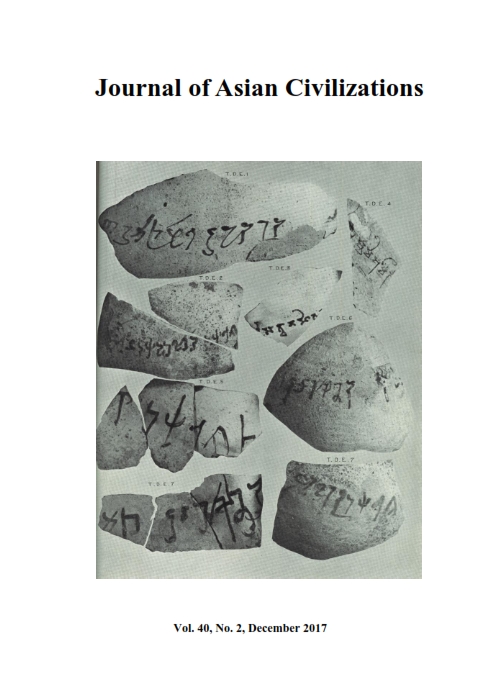The Mausoleums of Collective Burials in Ghizer District, Gilgit-Baltistan (Pakistan)
Keywords:
Collective burials, Ghizer, Gilgit-Baltistan, MausoleumsAbstract
Burials normally provide a unique set of data, with varying attributes depending on time and space, normally help us to explore the cultural complexities, mainly connected to belief systems in societies. It is an attempt here to elucidate a unique collective burial culture, with evidences from the surveyed villages of District Ghizer in the northern mountain areas of Pakistan, now known as Gilgit-Baltistan. This essay attempts to study the explored data with the indication of their presence among the graves of Islamic period, and with historic reference to the emergence of Islam in this region around the sixteenth century. Moreover, an effort is offered here to better understand the cultural continuity of this tradition with one of the contemporary Islamic burial styles in Ghizer and Hunza Districts. This study is offered here in four main parts, leading towards the conclusion of study. The first part introduces the research, mainly focusing on the nomenclature, previous studies, and academic visits to Ghizer, revealing new sites of this burial type. The second part deals with the geographical expansion of this burial culture and elaborates the architectural features. The third part deals in the descriptive study of the structural remains. The fourth part focuses over the development of mausoleums and offers the study of cultural connection of this tradition with one of burial type in this area that continues till now.

